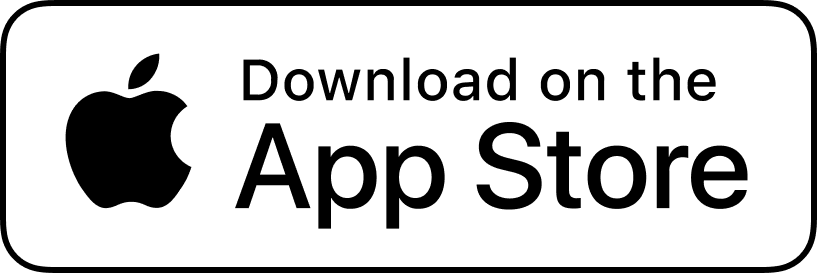The #1 Platform to Find and Hire Micro Influencers Who Drive Real Results
- Glewee connects you with thousands of verified micro influencers ready to create authentic content, promote your brand, and grow your business across Instagram, TikTok, and YouTube, all in one easy-to-use platform
- Access 12,500+ pre-vetted U.S. micro influencers ready to collaborate
- Hire micro influencers on Glewee starting at $100 per partnership
- Launch influencer, UGC, affiliate, and gifting campaigns in minutes
- Own all of your influencer content and repurpose it across ads and social
- Track your influencer ROI with the Glewee x Shopify integration

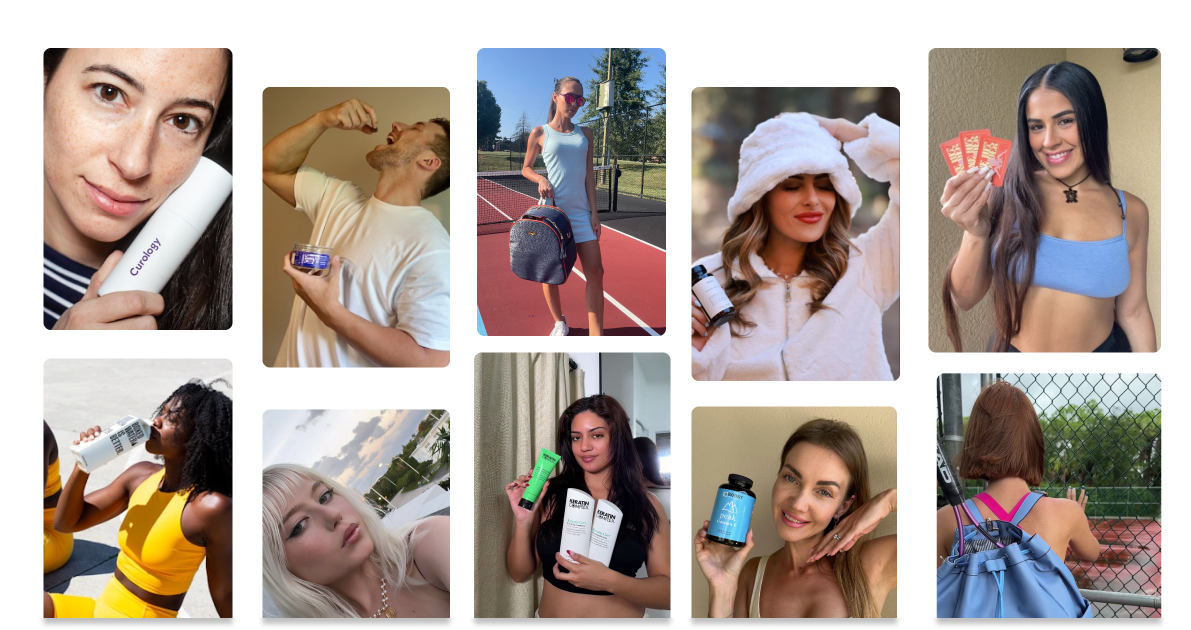
Trusted By 5,000+ Brands Worldwide







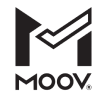





Collaborate with Pre-Vetted Lifestyle Fashion Fitness Beauty Health Wellness Family Influencers
Launch unlimited campaigns on Glewee. Work directly with the influencers you approve. Do it all in a single platform.
Thousands of Influencers Catered To Your Industry
Why Marketers, Agencies & Founders Choose Glewee
Launch your Glewee campaign and verified micro influencers will start applying within minutes.
Pre-vetted U.S. creators specializing in micro influencer collaborations.
Gain full access to Glewee’s all-in-one influencer marketing platform.
Launch Influencer, Affiliate, UGC & Gifting Campaigns and Influencers Apply
Whether you’re a small business or a growing e-commerce brand, Glewee makes it simple to find and hire micro influencers who match your audience. Create campaigns, approve content, and manage collaborations, all in one dashboard. No spreadsheets, no guesswork and no searching for micro influencers for hours anymore.
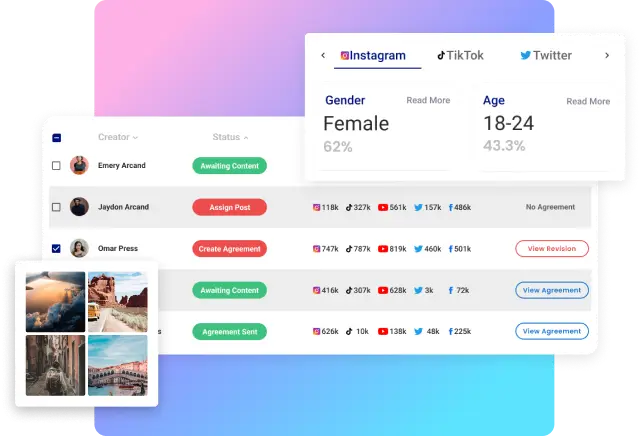
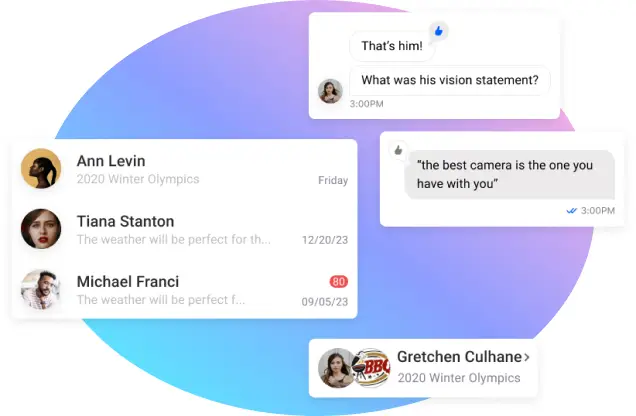
Easily Find and Hire the Right Micro Influencers for Your Brand in Minutes
Stop searching manually or messaging random creators. Glewee’s powerful discovery filters help you find micro influencers by niche, location, gender, platform, and engagement rate, so you can launch targeted campaigns that convert.
Own and Repurpose Every Piece of Micro Influencer Content as UGC
Every approved post, photo, and video from your campaigns is automatically saved to your Glewee Content Library. Use your influencer-generated content across ads, email, and organic channels with perpetual usage rights, ensuring your brand always has fresh, authentic content.

Influencer Marekting for Brands & Agencies of All Sizes
Essentials
- Access to Hire 12,500+ Pre-Vetted Creators
- Shopify eCommerce Integration
- Unlimited Influencer, UGC & Gifting Campaigns
- Affiliate Marketing Campaigns
- Lifetime Organic Content Usage Rights
- 10 Gifting Collaborations Per Month
- 3 User Seats
- 10% Platform Fee Per Creator Hired
- Full Influencer Chat, Contract & Content Management
- Onboarding & Strategy Call
Pro
- Access to Hire 12,500+ Pre-Vetted Creators
- Shopify eCommerce Integration
- Unlimited Influencer, UGC & Gifting Campaigns
- Affiliate Marketing Campaigns
- Lifetime Organic Content Usage Rights
- Unlimited Gifting Collaborations
- Unlimited User Seats
- 5% Platform Fee Per Creator Hired
- Full Influencer Chat, Contract & Content Management
- Onboarding & Strategy Call
- Dedicated Influencer Marketing Success Manager
Enterprise
- Everything in Pro Tier Plus:
- 0% Platform Fee Per Influencer Hired
- Full-Service Influencer Marketing Management
- Strategy & Update Meetings
- Custom Campaign Brief Writing
- Advanced Analytics & Reporting
- Exclusive Access to Top Influencers
- Managed Negotiations & Contracts
Find & Hire Micro Influencers in Minutes on Glewee
Launch Your Campaign on Glewee and Watch Verified Micro Influencers Apply Right Away
Start your 30-day free trial and get instant access to thousands of verified U.S. micro influencers ready to promote your brand. From Instagram and TikTok to YouTube, Glewee helps you collaborate with creators who truly move the needle.



